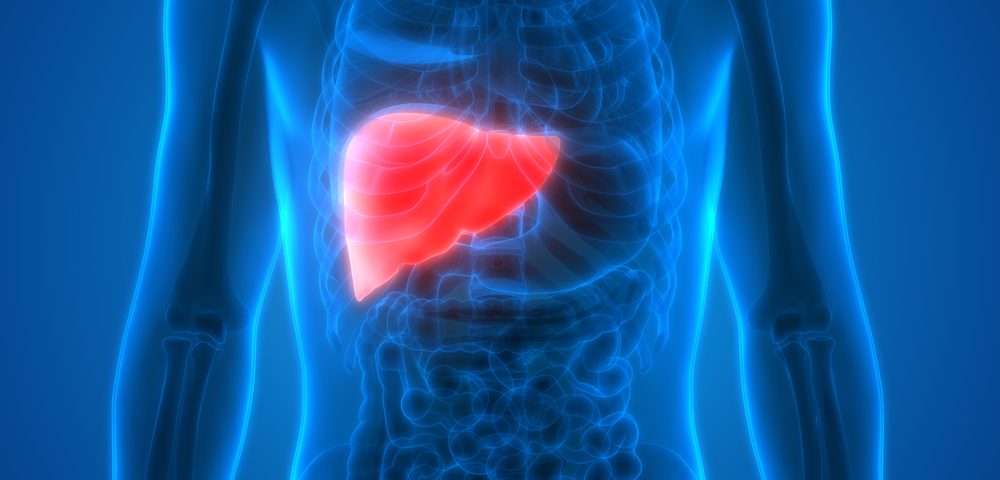FIB-5 Liver Fibrosis Index Shown to Predict Kidney Failure in MPA, GPA
Written by |

Measuring liver scarring at diagnosis, using the FIB-5 liver fibrosis index, can help predict kidney failure in people with the two most common subtypes of ANCA-associated vasculitis (AAV), a study reports.
Yet, this index was unable to predict mortality from any cause in these patients — who had either microscopic polyangiitis (MPA) or granulomatosis with polyangiitis (GPA) and no substantial liver diseases.
The study, “Fibrosis-5 predicts end-stage renal disease in patients with microscopic polyangiitis and granulomatosis with polyangiitis without substantial liver diseases,” was published in Clinical and Experimental Medicine.
One of the leading causes of death in AAV patients is end-stage renal disease (ESRD), in which patients require chronic renal replacement in the form of dialysis or a kidney transplant. Thus, identifying biomarkers that predict kidney disease and survival in these patients is needed to improve their clinical management.
Researchers at the Yonsei University College of Medicine, in Korea, and their colleagues, have previously demonstrated that a liver fibrosis index — named FIB-4 — could predict all-cause mortality in GPA and MPA patients.
But a newer liver fibrosis index, called FIB-5, has recently emerged. This new index takes into account blood levels of albumin and alkaline phosphatase, in addition to the liver enzymes aspartate aminotransferase and alanine aminotransferase.
As liver problems sometimes associate with kidney diseases, and some of the markers in the new FIB-5 index also measure systemic inflammation, the researchers expected that this index could also predict ESRD in this population.
To find out, the team reviewed medical records from 180 AAV patients, including 122 with MPA and 58 with GPA, diagnosed between 2000 and 2019. Anyone with a serious medical condition was excluded from the analyses.
The patients’ median age at diagnosis was 61, two-thirds were women, and most (86.7%) were positive for ANCA antibodies. Their median FIB-5 score was 3.8 — lower levels on this index correspond to a greater fibrosis (scarring) extent.
The most common additional diseases in these patients included high blood pressure (40%) and chronic kidney disease (31.7%). During follow-up, a total of 37 patients received renal replacement therapy and 25 died. Also, 92.8% received glucocorticoids as part of their care.
The initial results demonstrated that FIB-5 scores did not correlate with the general measures of AAV disease activity, five-factor score (FFS), and Birmingham vasculitis activity score (BVAS), at diagnosis.
However, FIB-5 scores at diagnosis could significantly predict ESRD during patients’ follow-up. This was true for two cut-off values: a FIB-5 score lower than -0.42, corresponding to the lowest 25% of patients (quartile), and a FIB-5 score lower than 0.82, corresponding to the lowest 33% of patients (tertile).
Though it failed to reach statistical significance, the -0.42 cut-off value also tended to predict all-cause mortality.
In further analyses that took into account confounding risk factors, the team found that both these cut-off values and the FFS disease activity measure were independent predictors of ESRD.
“We demonstrated, for the first time, that FIB-5 was an independent predictor of the occurrence of ESRD, but not all-cause mortality,” the investigators wrote, adding that the study was limited by its retrospective, single-center nature, small sample size, and lack of objective liver fibrosis assessment.
“A prospective multi-center study with a larger number of patients together with data on liver fibrosis would provide more reliable information regarding clinical usefulness of FIB-5 in patients with MPA and GPA,” they concluded.





